Manu Saale: ‘Regulations on connectivity can enhance safer mobility.’
The MD and CEO of Mercedes-Benz R&D India talks about the development of the MBUX system, a key feature being introduced in Mercedes-Benz cars globally, growing role of MBRDI and the dream of India being a part of every Mercedes.
The Managing Director and CEO of Mercedes-Benz R&D India talks about the development of the MBUX system, a key feature being introduced in Mercedes-Benz cars globally, growing role of MBRDI and the dream of India being a part of every Mercedes. In this interview, the accomplished electronics engineer talks about the role of connectivity in pushing the safety envelope.
The MBUX system in the new GLS seems to be a reflection of Mercedes- Benz R&D India’s growing capabilities. What is the growth scope going ahead?
We are steadily becoming the software centre for Daimler. The main feature of MBUX (Mercedes-Benz User Experience) that was demonstrated in the GLC, even before Covid, the ‘Hey Mercedes’ one, was all developed in Bangalore. So MBUX is a big part in that way. It has the connectivity part, the services part and so on. The software, which comes from Bangalore, plays a significant part.
The main thought behind MBUX is scalability and flexibility. That screen in the car is the last point you have to woo the customer, who is fixated on personal electronic devices, compared to the smartphone that the end user already operates, and that screen is vying for attention from the consumer. ‘Don’t navigate with your phone, navigate with me, don’t talk to your phone, talk to me’ kind of thing. That was our goal to ensure that MBUX woos our customers.
Most importantly, it is such a dynamic space right now with all the software and AR and all of that, we have to keep it not only flexible but also scalable.
Now, whatever you see with the Covid feature in the system is a smart and innovative solution. We have updated it in times of Covid. By the way, before India, we had already supported our Korean team, to overlay on their screens when it was needed. Suddenly, customers found on their maps all the shops that were selling N95 masks in South Korea. We realised that India’s ICMR test centre list could also be updated here similarly. So if one gets in and says that he/she wants to go to a test centre, then the vehicle would immediately show you the route to it.
The infotainment system is increasingly becoming a dealmaker in the car industry these days. How can connectivity enhance the proposition?
Connectivity is certainly a focus nowadays. It is certainly going to be the next big thing because the whole charm is of getting a whole lot of information from the world outside to the car and presenting it in the most palatable manner, I think is being the whole aim. You can do it in different ways and the combination of connectivity and the front end like MBUX. It is rightly called the MBUX; the whole user experience is the charm. The company has been working with that agenda for a long time now. We are doing a lot of other things. If it’s a sports event, a season of holidays, or a tourist-related sojourn that you drive with your car to Chennai and you suddenly want to overlay information, the most relevant information about what else you want to know, is where MBUX can help you get all of that.
When did you start off with the MBUX program and how crucial a role did MBRDI play? What were the learnings, or challenges that emerged in the process?
The story goes back at least three years because these are systems that are revolutionary. On one hand, there has been incremental innovation and the car has been in the space for very long time now. We were ensuring that we were giving head-to-head competition to any other smart devices. So this was all out of passion to excel and also to grab the customer’s attention. That process was behind the MBUX. We knew that incremental innovation would not take us far and thus we were looking to redo the entire drawing board. We have not just moved with the software, we have moved into the AI domain as well. It took these three teams, including MBRDI, three years to finally come up with the MBUX. The software should be revolutionary and that thought led us to what we see today. We look at the feedback both from the press and the public, and if you look at the uptake of MBUX in the international market, I think we have nailed it.
The challenge here is that if you look at a typical car, it consists of the door, glass, handle, mirrors and so on. So a buyer is stuck with the same vehicle for quite some time. We looked at how we could give that freshness and realised that this is possible only through the software. There is a lot of scope for upgrades under the hood. This is also one of the reasons why the system software updates through the MBUX were introduced. The software partner for MBUX is our Bangalore centre.
Can you shed more light on MBRDI’s growing competence level?
In the past 5-7 years now, it has been going really well in terms of India’s prospect. A GIC (Global In-house Competence Centre) can be as smart and interesting as it wants to be. We believed in the talent on hand and now I am happy that my team is still believing so firmly in the mission. It is simply the product that matters in the end. Everytime, we come up with something we know our capabilities with CAD, CAE and simulations. I say let the string of ideas start from product digitisation. Let us play with that product in the computer first, go through the first lifecycles or milestones in the computer. This way we
are crashing the car, dropping the component, thermal and fatigue tested on the computer before we come out with the prototype.
What is the accuracy rate that you receive through this process?
It is unbelievably high. So if you have mastered the map behind the model, the accuracy rate is then unbelievably high. There was a point when we were trying to master the crash scenario. We modelled it on the computer and then we were trying to model it for various scenarios. The crash scenario in a crash lab is very complex. We predict that this is going to happen in a crash only to satisfactorily see that this is indeed what is happening over there. The loop that happens is first run on the computer, so we are getting the crash first time right rather than doing it three times. For a company like ours that claims one of the best comfort levels and designs, it pays to get the things right the first time. Today, for example, the wiper designs are apt for maximum water pullback thanks to the modelling done on the computer. This is not just on the basis of the IT stuff, it is the core engineering stuff done digitally.
By doing it digitally, how much time or money could be saved?
It varies from component to component. There are three components that you are trying to master. So you are throwing new physical challenges to software engineers, encapsulate this physical challenge into a formula accurately and then get the design right.
We have saved millions (of euros). Testing a mechanical prototype is one of the biggest expenses borne in a project. We have arrived at a level where we can digitally design the entire project. I tell my team to discover as to what else could be designed digitally. In fact it has even resonated with our global CEO, who has told us that if there is one centre that could digitise the product development completely then that would be Bangalore, India. This has actually led to reduced time in testing facilities. This proves our competence in modelling and mathematical capabilities.
When it comes to the software scenario, it is nothing new. But on top of it, this whole AI layer, this whole layer of in-house- written software like that on connectivity, security and protection are also a core part of MBRDI.
The primary goals that we try to meet here is challenging ourselves with modelling capabilities. This is just a kind of a vast thinking space that could compute any kind of challenge. The fact that we are talking about the MDS (Mercedes Development System) is like coming out with new samples of a design. We are not limiting ourselves with anything. We dive into the engine, we do the thermal modelling and are doing the car interiors. We are able to work on the ergonomics of the seat as well. You can even tell us the material that needs to be used and we could simulate that as well.
We have strong signs that MBRDI has got a great future. In the world of digital and software, there will be further demand for the talent to perform and realise that dream to say there’s a big part of India in every Mercedes-Benz.
At what rate do you plan to expand the organisation? Also, do you see the gap between the skills of engineering graduates and the industry requirement reducing?
At a healthy clip is all I can say because as a GIC, I don’t have a bench capacity. There have been wonderful years in the past where we have successively hired 1,000-plus people every year. There will be Covid-like years where things slow down because cash preservation is key, and budgets around the world are cut.
The gap is reducing but it is not reducing at the pace we want. There are Tier 1 institutes from whom I think we get more productive engineers early on, compared to many more universities that are producing B.E and M.Tech graduates who don’t get productive because the gap between academia and the industry is quite huge. It has a lot of factors. Some of them are classic and traditional.
The government is introducing cleaner mobility. Should it also facilitate the adoption of connected vehicle technologies — by releasing frequency bandwidths for example, to tackle accidents and traffic congestion?
Regulations help any day. In terms of the action around safety, for example, although the data, unfortunately pre-Covid didn’t show that, we had improved when it comes to fatalities on Indian roads.
The aim and the push was there from the government always, to halve traffic deaths, for example. Many things are possible with government push and I totally agree that when it comes to connectivity, if we mandated a couple of things, just like safety in the car, that will give a big push. Now, the question is, who is thinking if the secret to unlocking value for the Indian consumer lies in that. Who is thinking, ‘Is there a think- tank that understands the value proposition behind connectivity?’ If they simply look at it as a marketing thing, it doesn’t work. Even from the perspective of safety, connectivity plays a role.
You are also a strong proponent of safer mobility. Isn’t it disappointing that we are still quite far away from the goal of halving the number of road fatalities in India?
Very disappointing. There are still a myriad of factors behind it. While you see intent from the regulatory bodies and lawmakers, all the way up to the top, I think translation of that intent down the line in terms of state-wise urgency and intent to reach that target, then infrastructure design, which is still not scientific, and public awareness in a large country like India, are still a shortcoming.
I really think, despite spending crores on that ourselves, and I know several other OEMs also involved in that initiative, it is not making a difference at all. As an engineer, I like to go to the root cause. The fact that we treat mobility from point A to point B, in a certain way and add a second factor, the value that we have to the human life in this is at the heart of the problem.
I think there have been good efforts by the industry too to create awareness. Now, it’s high time that the rules are followed and also implemented.
(These are excerpts of the interview, published in Autocar Professional’s July 1 issue, also an annual ‘Connectivity & Electronics Special’ issue.)
RELATED ARTICLES
Setrans Mobility Booster Charging top-up 25% EV range in 15 minutes
Two enterprising tech-savvy entrepreneurs Rana Roshan Singh and Vivek Ummat of Noida, Uttar Pradesh-based start-up Setra...
'Our products are proudly 100% designed and made in India'
Creatara Mobility, a New Delhi based electric two-wheeler startup, claims to have tackled various challenges in making i...
'EVs have been around for a much smaller time than ICE, so best practices are still evolving'
EV OEMs and start-ups are under pressure to reduce production costs and bring them close to ICE counterparts. Vaibhav Ku...





 07 Aug 2020
07 Aug 2020
 28410 Views
28410 Views



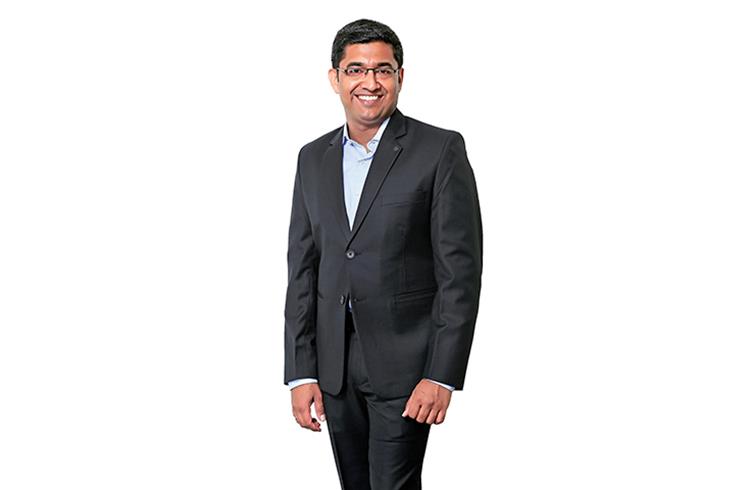
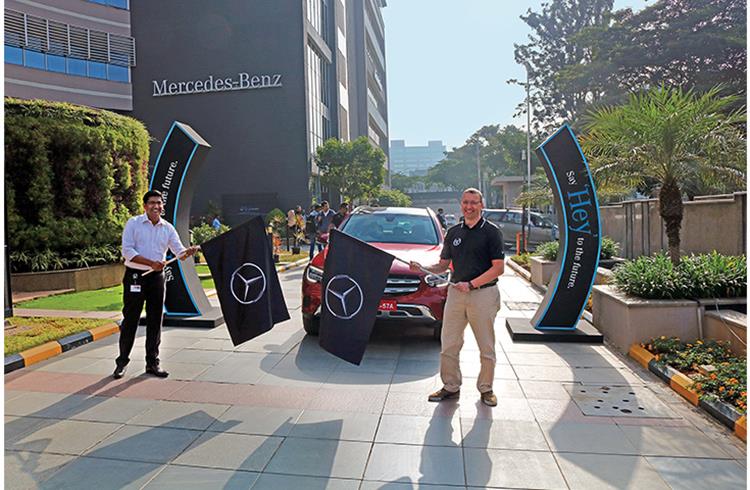
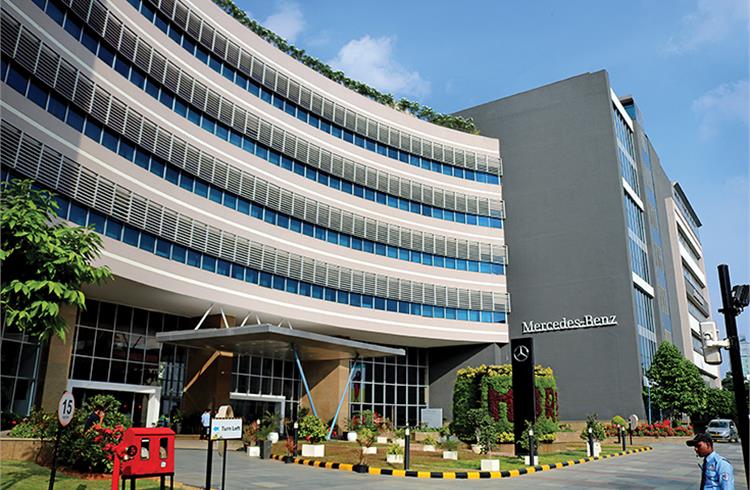
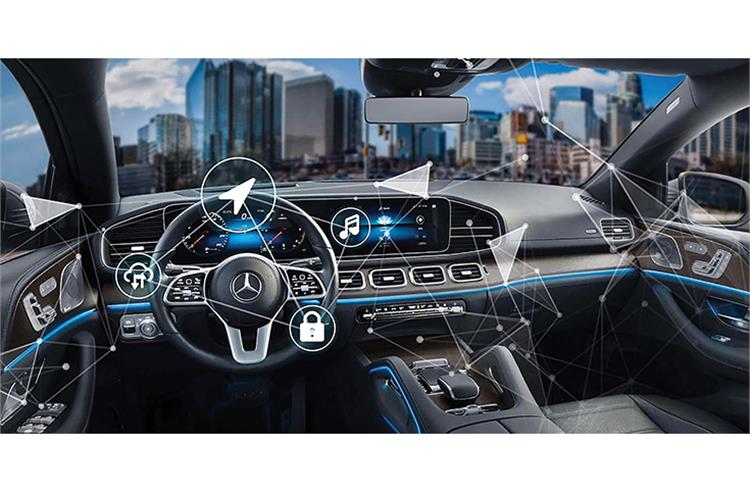

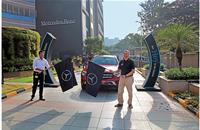



 Autocar Pro News Desk
Autocar Pro News Desk




